Spooky: Hispano-Suiza Car Brand Hopes to Return From the Dead

It’s fitting that we’re bringing you this story today. For years, scientists have longed to resurrect a dead corpse, but there’s now a plan afoot to do the same with a long-defunct car brand: Hispano-Suiza.
Known for its production of aircraft engines as much as its series of glitzy, early 20th century automobiles, the original Hispano-Suiza brand ceased to exist in 1968, some 30 years after building its last car. Come next March’s Geneva Motor Show, we’ll see what the founder’ great-grandson has in mind for the brand’s future.
Going by the slinky, retro silhouette displayed on the company’s website, there’s a style-heavy supercar in the works. And it’s electric, the company claims.
Hispano-Suiza Fábrica de Automóviles S.A., founded in 1904, still exists under the corporate umbrella of Spain’s Grup Peralada, now run by founder Damián Mateu’s great-grandson, Miguel Suqué Mateu. The marque gained its fame from a wide range of aircraft engines, components, aircraft armament, and related aircraft inventions (including ejection seat design) manufactured by both the original Spanish company and a French arm that grew in independence until it was eventually swallowed by a competing aerospace company.
If you happened to be looking for a 36-liter, liquid-cooled aluminum V12 aero engine with a 20mm autocannon firing through the hollow propellor shaft during the interwar years, Hispano-Suiza was your best bet. Still, it was the brand’s well-appointed cars that gave it status in European high society.
Hispano-Suiza’s last car, the J12, was available only as a chassis sent to the coachbuilder of your choice, though the company did provide a 60-degree V12 engine displacing 11.3 litres for motivation. Heady stuff.
Despite its heritage, the model being shown in Geneva will dispense with gasoline, engine oil, other environmentally unsound bits, and a host of moving parts. Will it reach production? That sure seems to be the hope of the company’s boss, who promises a global car “offering great performance and manufactured in Barcelona.” Still, past attempts to stir up interest in the brand’s automotive return seemingly went nowhere.
We’ll have to wait and see what this Jessica Rabbit-esque car, clearly echoing Euro coachbuilders of the 1920s and 30s, does for its fortunes.
[Source: Motor Authority] [Image: Hispano-Suiza]

More by Steph Willems
Latest Car Reviews
Read moreLatest Product Reviews
Read moreRecent Comments
- 3SpeedAutomatic Nope....
- Bd2 Looking forward to flooding the rental lots with Hyundai and Kia models, this is just one obstacle now eliminated.
- Kcflyer keep the color. lose the stupid front design. make it reliable, at least as reliable as a base 911. Then and only then is it somewhat worthy of that price.
- FreedMike I'm not sure why anyone would choose this over an A8 or S-class.
- FreedMike I think the manufacturers who are discontinuing affordable small and midsize cars in favor of more expensive crossovers (that are built on the same platforms and use the same mechanicals as said small and midsize cars) may well live to rue that decision. Having said that, though, at least GM is offering decent entry level stuff beyond the Malibu, so good for them.



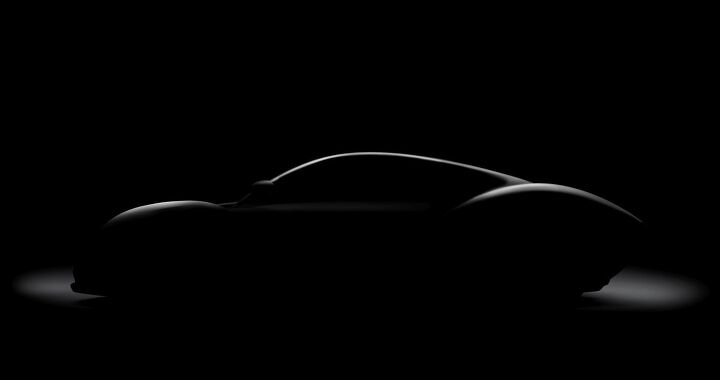















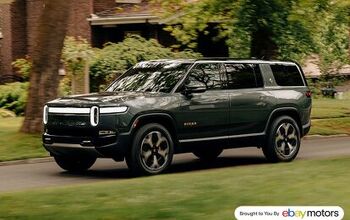
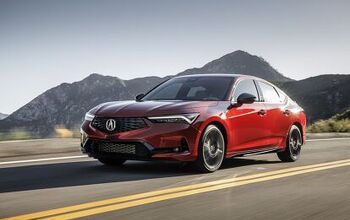
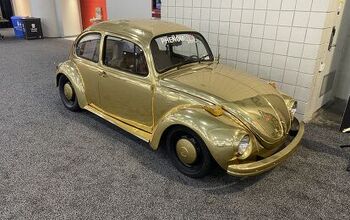

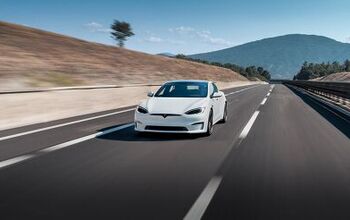


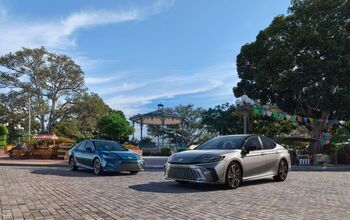
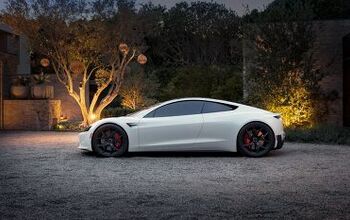
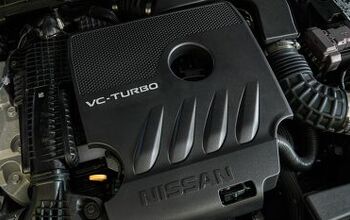
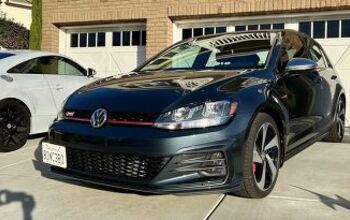
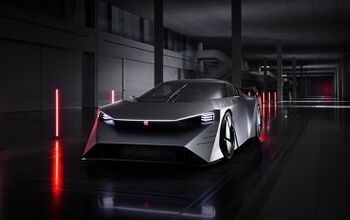



Comments
Join the conversation
Hopefully the car will have a Gloria Swanson lookalike as the product babe at the showing. Whether we get the Queen Kelly or Sunset Boulevard versions is up to question.
They should just update the 1924 H6C Tulipwood Torpedo. And do it in mahogany, per the original. https://fineartamerica.com/featured/hispano-suiza-tulipwood-john-crowe.html